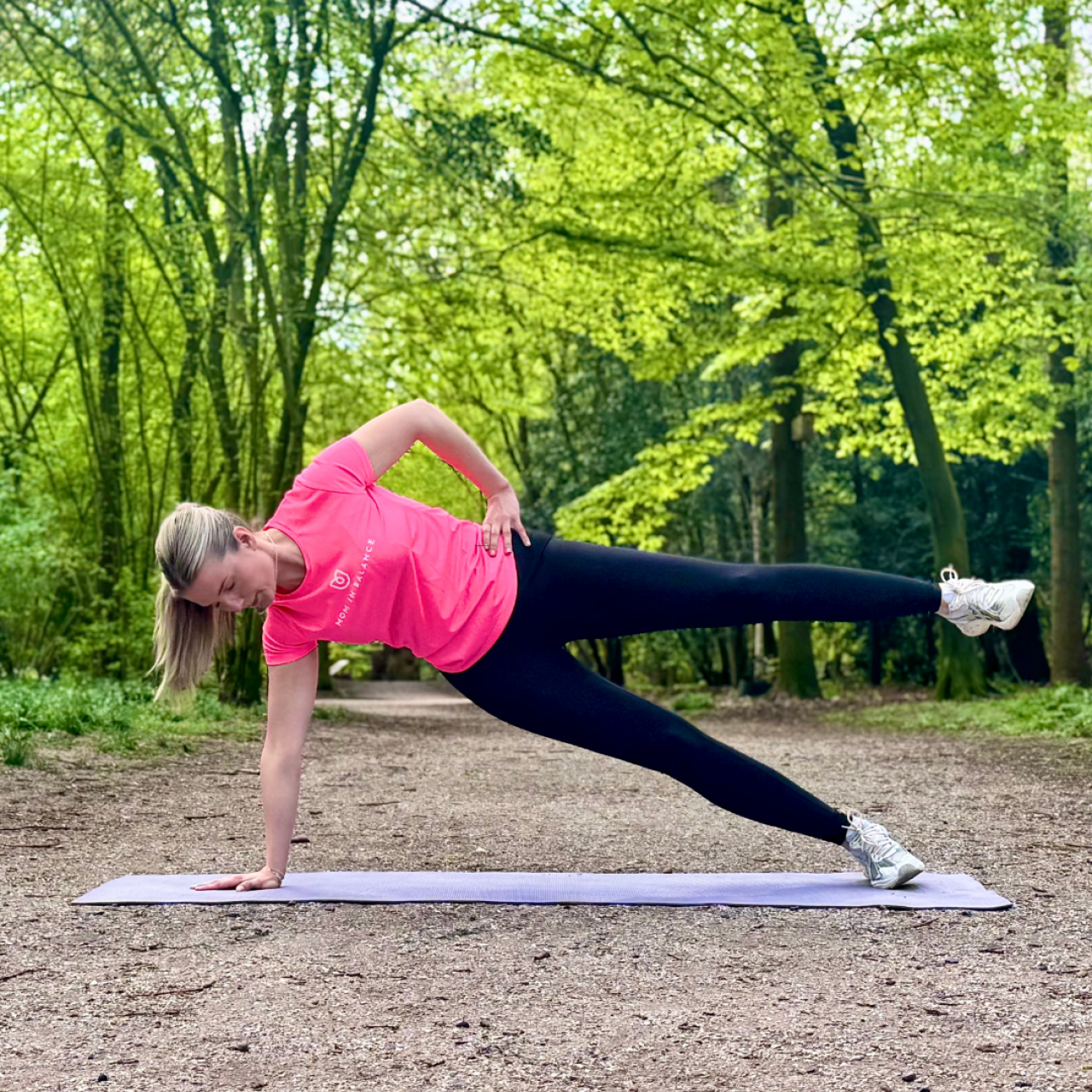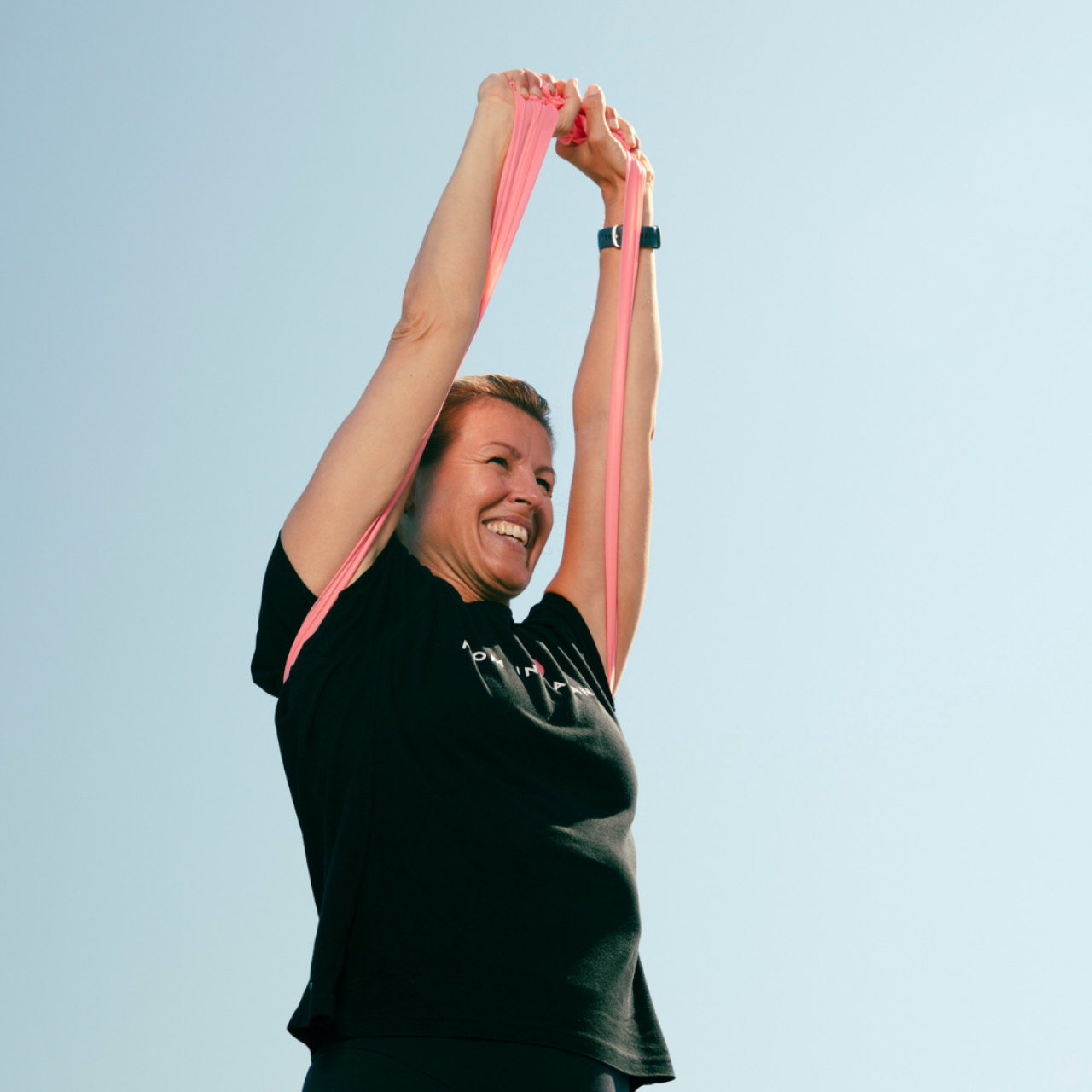Are there any guidelines for return to running postnatal?
In 2019, three renowned women’s health and running physiotherapists developed the first
ever Return to Running Postnatal guidelines. (1)
The guidelines were the first of its kind, and were developed to give healthcare professionals and postnatal women advice with regard to returning to higher impact exercise, like running, after pregnancy. The ‘take home’ message from the guidelines was that it is not a ‘one size fits all’ recovery, and that each return to running program varies depending on the individual. Furthermore, it highlighted
the lack of research that has been carried out in this area. No studies to date, specific to the
postnatal population have been carried out to evaluate return to running after pregnancy.


